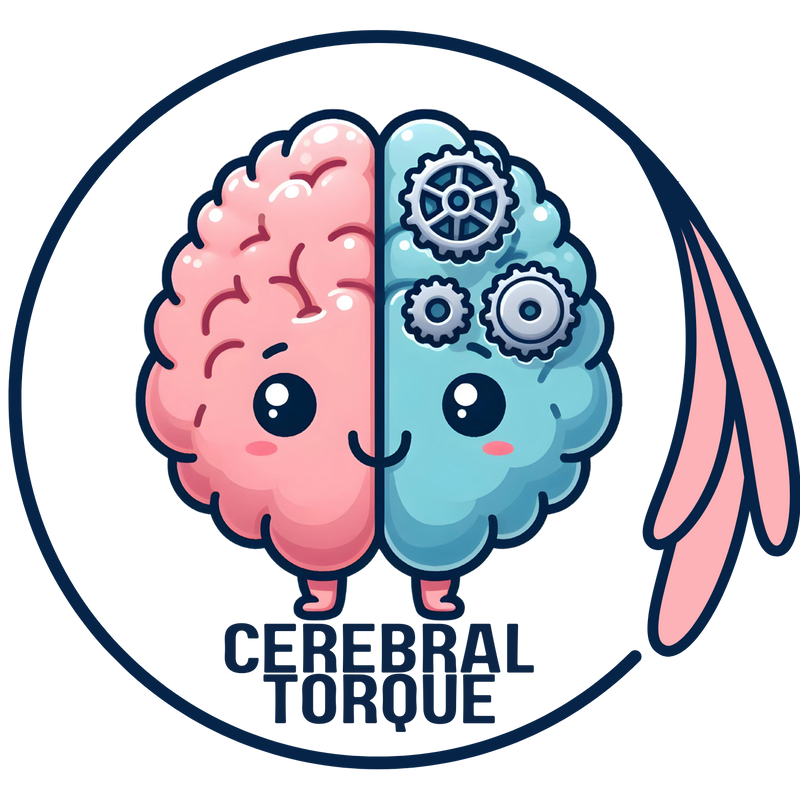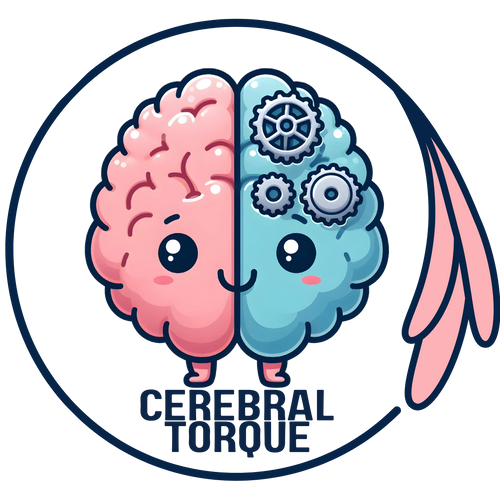Migraine: Men Vs Women
Posted on January 05 2025,

Sex-Based Differences in Migraine
1. Epidemiology and Demographics
| Parameter | Men | Women | Clinical Implications | References |
|---|---|---|---|---|
| Global Prevalence | 15% of population | 45% of population | Sex difference emerges during puberty, suggesting hormonal influence on migraine susceptibility | [1] |
| Lifetime Incidence | 18% cumulative risk | 48% cumulative risk | 2.7x lower lifetime risk in men indicates fundamental biological differences in susceptibility | [2] |
| Age-Related Patterns | 2-5% (7-9 years) 4% (13-15 years) |
2-5% (7-9 years) 6.4% (13-15 years) |
Equal childhood prevalence suggests hormonal role in later divergence | [3] |
2. Clinical Presentation
| Feature | Men | Women | Clinical Implications | References |
|---|---|---|---|---|
| Attack Duration | Consistently shorter, even compared to postmenopausal women | Longer attacks, particularly during menstruation | Different acute treatment duration needs; suggests intrinsic sex differences beyond hormonal effects | [4, 5] |
| Pain Intensity | Lower VAS scores; higher pain tolerance; smaller functional responses to noxious stimuli | Higher VAS scores; lower pain tolerance; larger functional responses | Need for sex-specific pain assessment scales and treatment thresholds | [6, 7, 8] |
| Associated Symptoms | Less frequent nausea, photophobia, phonophobia, and allodynia | More frequent and severe accompanying symptoms | May affect diagnostic accuracy using current ICHD-3 criteria | [9, 10, 11] |
3. Biological Mechanisms
| Mechanism | Men | Women | Clinical Implications | References |
|---|---|---|---|---|
| CGRP System | 30% lower receptor expression; 40% lower basal CGRP release | Higher receptor expression and basal release levels | Affects response to CGRP-targeted therapies; may explain lower attack frequency in men | [12, 13, 14] |
| Brain Structure | Specific changes in parahippocampal gyrus volume | Changes in posterior insula and precuneus | Different pain processing pathways between sexes affect treatment response | [15] |
| Hormonal Effects | Testosterone provides protective effects through multiple mechanisms | Cyclical hormonal variations affect migraine patterns | Basis for sex-specific treatment approaches; suggests potential therapeutic targets | [16, 17, 18] |
4. Treatment Response
| Aspect | Men | Women | Clinical Implications | References |
|---|---|---|---|---|
| Drug Clearance | 20-30% faster due to higher enzymatic activity | Slower clearance | May require different dosing intervals | [19] |
| Triptan Response | 36% lower headache recurrence; better overall response | Higher recurrence rates | Affects acute treatment strategy and dosing | [20] |
| CGRP Antagonists | NNT = 36 | NNT = 11 | Significant difference in effectiveness by sex | [21] |
5. Healthcare Utilization
| Aspect | Men | Women | Clinical Implications | References |
|---|---|---|---|---|
| Consultation Rates | 40% less likely to seek care | Higher consultation rates | Need for targeted intervention strategies in male patients | [22] |
| Diagnostic Patterns | Often delayed diagnosis; less likely to receive diagnosis | Earlier diagnosis typical | Risk of underdiagnosis in male population | [23] |
| Impact Reporting | Less likely to report disability | More complete impact reporting | May affect disability assessment accuracy | [23] |
References
- Ashina M et al (2021) Migraine: epidemiology and systems of care. Lancet 397(10283):1485-1495
- Stewart WF et al (2008) Cumulative lifetime migraine incidence in women and men. Cephalalgia 28(11):1170-1178
- Victor TW et al (2010) Migraine prevalence by age and sex in the United States: a life-span study. Cephalalgia 30(9):1065-1072
- Kelman L (2006) Pain characteristics of the Acute Migraine Attack. Headache: J Head Face Pain 46(6):942-953
- Steiner TJ et al (2003) The prevalence and disability burden of adult migraine in England and their relationships to Age, gender and ethnicity. Cephalalgia 23(7):519-527
- Klatzkin RR, Mechlin B, Girdler SS (2010) Menstrual cycle phase does not influence gender differences in experimental pain sensitivity. Eur J Pain 14(1):77-82
- Riley JL et al (1998) Sex differences in the perception of noxious experimental stimuli: a meta-analysis. Pain 74(2):181-187
- Jiménez-Trujillo I et al (2019) Gender differences in the prevalence and characteristics of Pain in Spain: Report from a Population-based study. Pain Med 20(12):2349-2359
- Song TJ et al (2019) Sex differences in prevalence, symptoms, impact, and psychiatric comorbidities in migraine and probable migraine: a population-based study. Headache 59(2):215-223
- Louter MA et al (2013) Cutaneous allodynia as a predictor of migraine chronification. Brain 136(11):3489-3496
- Güven H et al (2013) Cutaneous allodynia in patients with episodic migraine. Neurol Sci 34(8):1397-1402
- Stucky NL et al (2011) Sex differences in behavior and expression of CGRP-related genes in a rodent model of chronic migraine. Headache 51(5):674-692
- Maddahi A et al (2023) Progesterone distribution in the trigeminal system and its role to modulate sensory neurotransmission: influence of sex. J Headache Pain 24(1):154
- Ji Y et al (2019) Sex differences in the expression of calcitonin gene-related peptide receptor components in the spinal trigeminal nucleus. Neurobiol Pain 6:100031
- Maleki N et al (2012) Her versus his migraine: multiple sex differences in brain function and structure. Brain 135(8):2546-2559
- Eikermann-Haerter K et al (2009) Androgenic suppression of spreading depression in familial hemiplegic migraine type 1 mutant mice. Ann Neurol 66(4):564-568
- Eikermann-Haerter K et al (2009) Genetic and hormonal factors modulate spreading depression and transient hemiparesis in mouse models of familial hemiplegic migraine type 1. J Clin Invest 119(1):99-109
- Labastida-Ramírez A et al (2019) Gender aspects of CGRP in migraine. Cephalalgia 39(3):435-444
- Soldin OP, Mattison DR (2009) Sex differences in pharmacokinetics and pharmacodynamics. Clin Pharmacokinet 48(3):143-157
- van Casteren DS et al (2021) Sex differences in response to triptans. Neurology 96(4):162-170
- Porreca F et al (2024) Evaluation of outcomes of calcitonin gene-related peptide (CGRP)-targeting therapies for acute and preventive migraine treatment based on patient sex. Cephalalgia 44(3):3331024241238153
- Brusa P et al (2015) Migraine attacks in the pharmacy: a gender subanalysis on treatment preferences. Neurol Sci 36(S1):93-95
- Buse DC et al (2013) Sex differences in the prevalence, symptoms, and associated features of migraine, probable migraine and other severe headache: results of the american migraine prevalence and prevention (AMPP) study. Headache 53(8):1278-1299
Sun, Sep 14, 25
Neuroimaging Differences Between Migraine Types: Aura vs. Without Aura
Discover the latest neuroimaging research revealing key brain differences between migraine with aura and migraine without aura.
Read MoreThu, Sep 04, 25
Understanding Migraine Prodrome
Discover the migraine prodrome phase: 36 warning symptoms that occur 1-6 hours before headache onset. Learn timing patterns, predictive confidence levels, and new treatment approaches based on groundbreaking 2025 research...
Read MoreThu, Aug 07, 25
Dizziness and Migraine: When is it Vestibular Migraine?
Dizziness and migraine: Learn when dizziness is vestibular migraine vs BPPV, Meniere's disease, or vascular causes. Guide covers symptoms, diagnosis, cutaneous allodynia, and treatment options for recurrent dizziness episodes.
Read More


